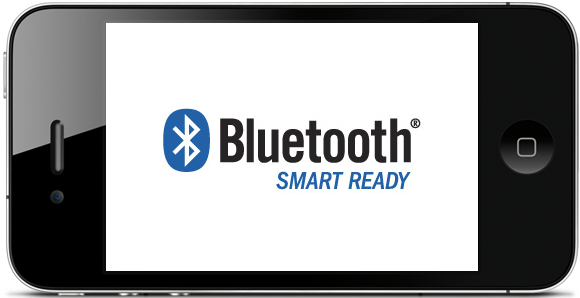
Recent technology growth combined with innovative modelers has created a whole new trend in Model Railroad Control Systems with electric power. Prior to 1990, most control systems were DC with block control in the smaller scales or AC in some larger scales. There were some radio controlled systems, but there were only used in the large scales and garden railways.
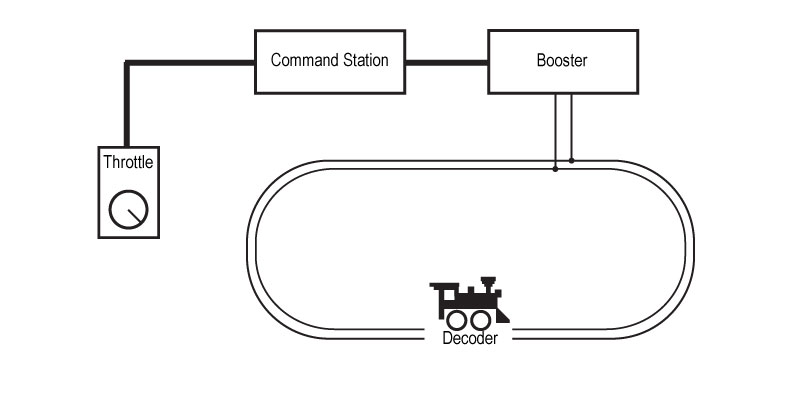
After 1990 several individuals and then manufacturers started to bring DCC systems to the marketplace. For a brief history of DCC I suggest checking http://www.nmra.org/dcc-working-group and http://en.wikipedia.org/wiki/Digital_Command_Control. DCC revolutionized the way we run our railroads and brought simplification in the wiring of the layout. The drawback to DCC was in the added complexity to programming the locomotives and the other devices that use the DCC signal. The train power and the control method were still tied together.
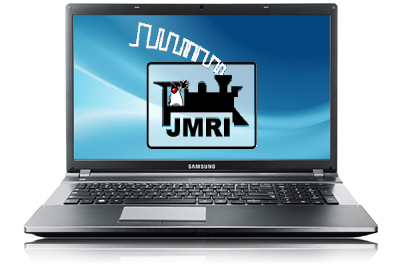
Today much of the complexity for programming has been alleviated by the use of software, especially by the wonderful people who support the JMRI open source software. JMRI brought us plain English and simple screens to program our locomotives. Some DCC system manufacturers have also tried to make programming less complex and have provided (or are developing) simplified programming into their control systems.
Even with all these developments there are still limitations that plague us when we want to operate our railroads. These include:
- Dirty track causing stalling or command issues
- One way communication to the locomotive
- Command/network issues on large layouts
- Control blocks on large layouts
- Shorts
- Network issues
- And many more…
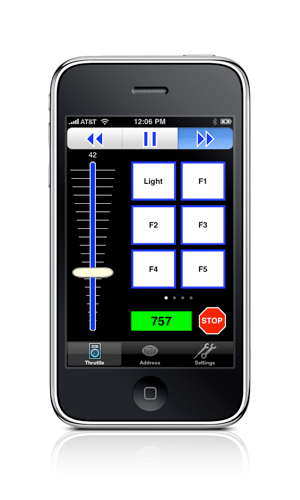
I have a very simple view of train control; I break down most issues into two categories: Control Issues and Power Issues. Some problems will affect both but these are the two things we must accomplish and need to be reliable as possible. Analog (DC/AC) and DCC systems combine Control and Power into the same feed. This of course has been by necessity. I believe that technology has progressed far enough that the two should be separated.
Power Delivery
You have only two choices for getting power to your locomotive today, by rail or by battery. Obviously in small scales battery is not an option (yet). But in HO scale and larger it is a viable option. Battery allows uninterrupted power to the locomotive. Even a poor running locomotive can smooth out and crawl on battery power. Battery power does require work to get the maximum battery in the small space of a locomotive, tender or a dummy unit. It is only a matter of time before manufacturers design the locomotives to accept batteries. Most modern diesel fuel tanks are about the right size for a battery pack. A simple clip could be produced to make swapping the battery very simple. Steam locomotives only need the top of the tender removable or hinged.
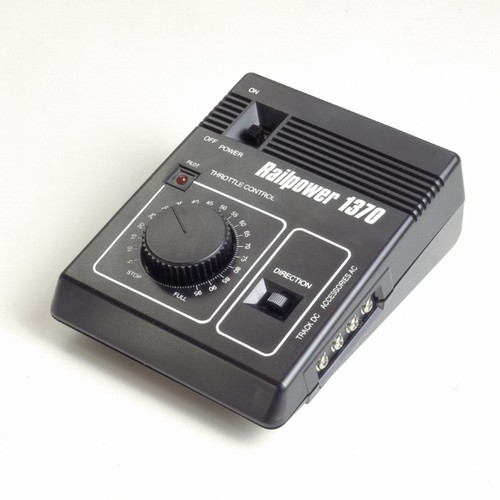
Rail power is a must for small HO locomotives and smaller scales but this does not mean the control must come that way. By removing the control from the power source, we are free to modify the power for improved usage. For instance capacitors can be added to provide enough extra power to glide through the pickup and track issues. You are also able to add a rectifying circuit so that polarity of the track did not matter. You could run on DC or AC.
Control Systems
Before DCC we simply increased or decreased the power to make the locomotives go faster or slower. Reverse the polarity and the motor would run in the opposite direction. DCC allowed us to send a constant voltage and let the receiver make sense of what the signal inside the power said to do. In such DCC (and its forbearers) allowed the use of a constant power supply.

Very small radio control receivers came next. These allowed larger scales to add receivers to their locomotives and run batteries. Radio Control (RC) has come a long way in recent years. The advent of small RC cars, planes, helicopters and drones has caused a revolution in control systems and battery technology. RC chips have become very small and LiPo batteries of immense power output are small enough to fit inside an HO locomotive.
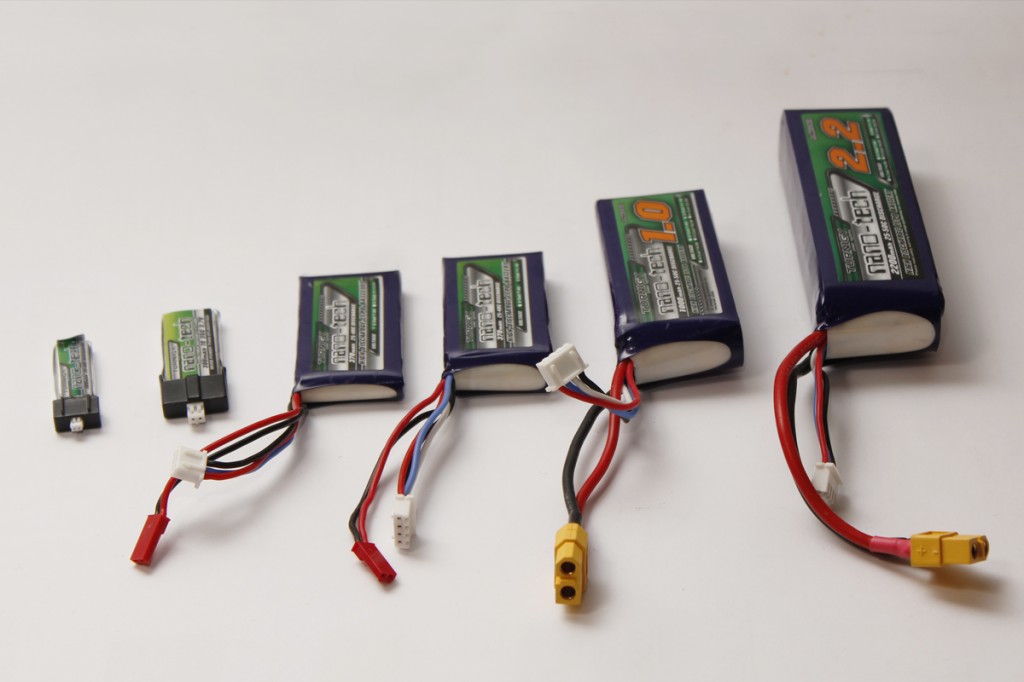
Bluetooth technology came to the mainstream with the cellular phone. Early Bluetooth did not have good range and was hard to sync and used a lot of power. Over the last few years the technology has progressed and a new type of Bluetooth called Bluetooth Smart (a.k.a Bluetooth low energy/Bluetooth LE/Bluetooth 4.0) has made its debut. Bluetooth Smart is a low energy version that also has a range of a football field or more. Bluetooth allows for two way communication and is inexpensive to integrate. Since most mobile devices already have Bluetooth Smart technology in them, we just need to equip the thing you wish to control and write an app for that mobile device.
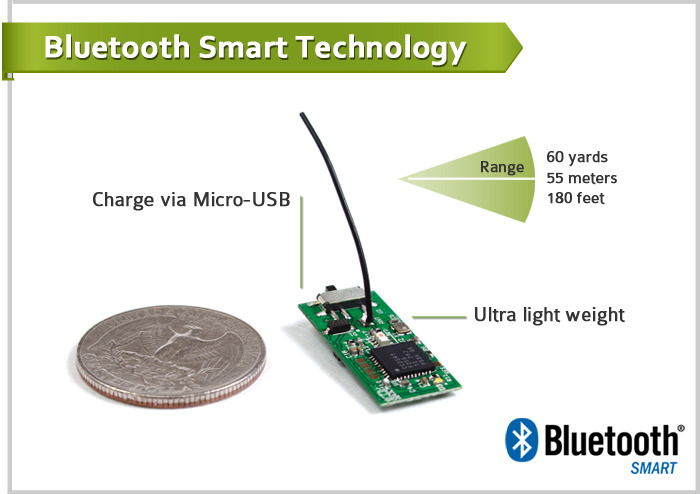
Bachmann in conjunction with BlueRail Trains have already begun shipping blue tooth chips in ready to run train sets. BlueRail has stated that it will be coming to market very soon with receivers for the aftermarket. Word on the street, is that Tam Valley Depot will soon be coming out with a Bluetooth Smart receiver of their own.
Where To From Here
I believe that we are the edge of a major change in the hobby. Soon you will be able to control your trains from any mobile device independent of any control box across the room. The powered rail will be a thing of the past or will be modified to the point that wiring and maintenance is minimal. My one major concern is that the technology will move faster than standards can be put in place to make sure everything plays nice together. If several manufacturers all start installing Bluetooth, what language in the background will be used to make sure everything works together. Bluetooth and RC are just the tools to deliver the message. How that message is formatted and what it says are up to company that designs the receiver and the app. From my understanding BlueRail has developed its own system around the Bluetooth signal and currently cannot talk to a DCC sound receiver or anyone else’s technology. BlueRail has stated that they intend on sharing their technology but since it was developed alone without thinking of existing systems how robust is it? These things remain to be seen.
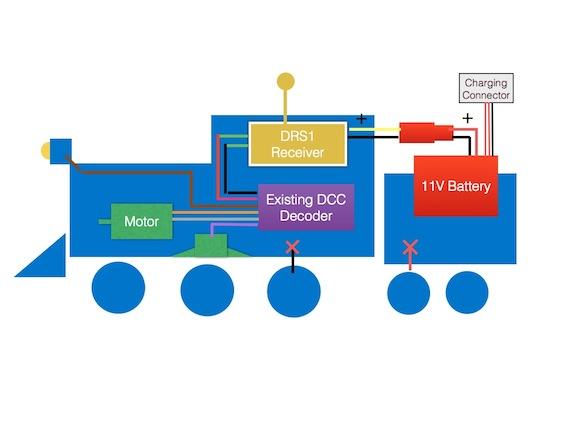
The radio control market has already progressed to the point of a few ready to go systems on the market and guess what; none of them work with the others. To run a locomotive on another RC system means swapping controllers in the locomotives. I see no reason for the Bluetooth offerings to do any different. I also would hate to see all the amazing sound decoders we have all paid a lot of money for, have to be removed and something else applied just because there is not a standard.
The only manufacturer who has made compatible equipment that I have seen is Tam Valley. His systems piggyback with DCC so you can add RC to a DCC locomotive. You can keep that Tsunami sound and add RC to it.
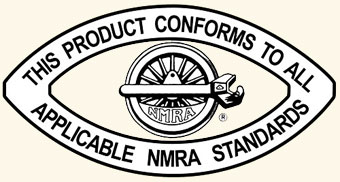
I feel now is a time for a call to action on the part of the NMRA to review where this hobby is going with remote control technologies and define some rules before a lot of people find their way down the primrose path of proprietary equipment. This is why the NMRA exists and why it should be supported. I recently put my own money down and became a member. Setting standards are very important for the good of the hobby, and I see this new technology as both a great leap and possibly a great divide for the hobby.
What of the Old Technology?
As with any new technology we need to see how the market embraces these new technologies. Is DCC dead? Not yet, after all I know people who are still trying to purchase old Lionel and American Flyer throttles. Our hobby tends to move slowly and I am sure DC and DCC will be alive for some time to come. I have always believed that variety in the hobby makes for a good hobby.
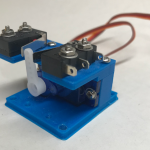
All,
One manufacturer has announced “patent pending” Bluetooth Locomotives. NMRA apparently has no interest in an open-interface for Direct-Bluetooth-Train-Control.
I have created a relatively private group called “Open-Source-Bluetooth-Train-Control” whose purpose is to encourage, promote, and develop Open-Source-Bluetooth-Train-Control. If you (individual or organization) are interested in possibly being a contributor, you can check it out here: http://www.trainboard.com/grapevine/group.php?groupid=125
And here: http://www.trainboard.com/grapevine/showthread.php?160653-The-Open-Source-Bluetooth-Train-Control-Tread
Thank You!
Open-Interface-Bob
At Monocacy Trains, we have created an open Bluetooth module that works with DCC. Check it out here:
https://www.kickstarter.com/projects/mtrains/bluetooth-hobby-train-control-module
Nice to see additional systems coming out with Bluetooth.